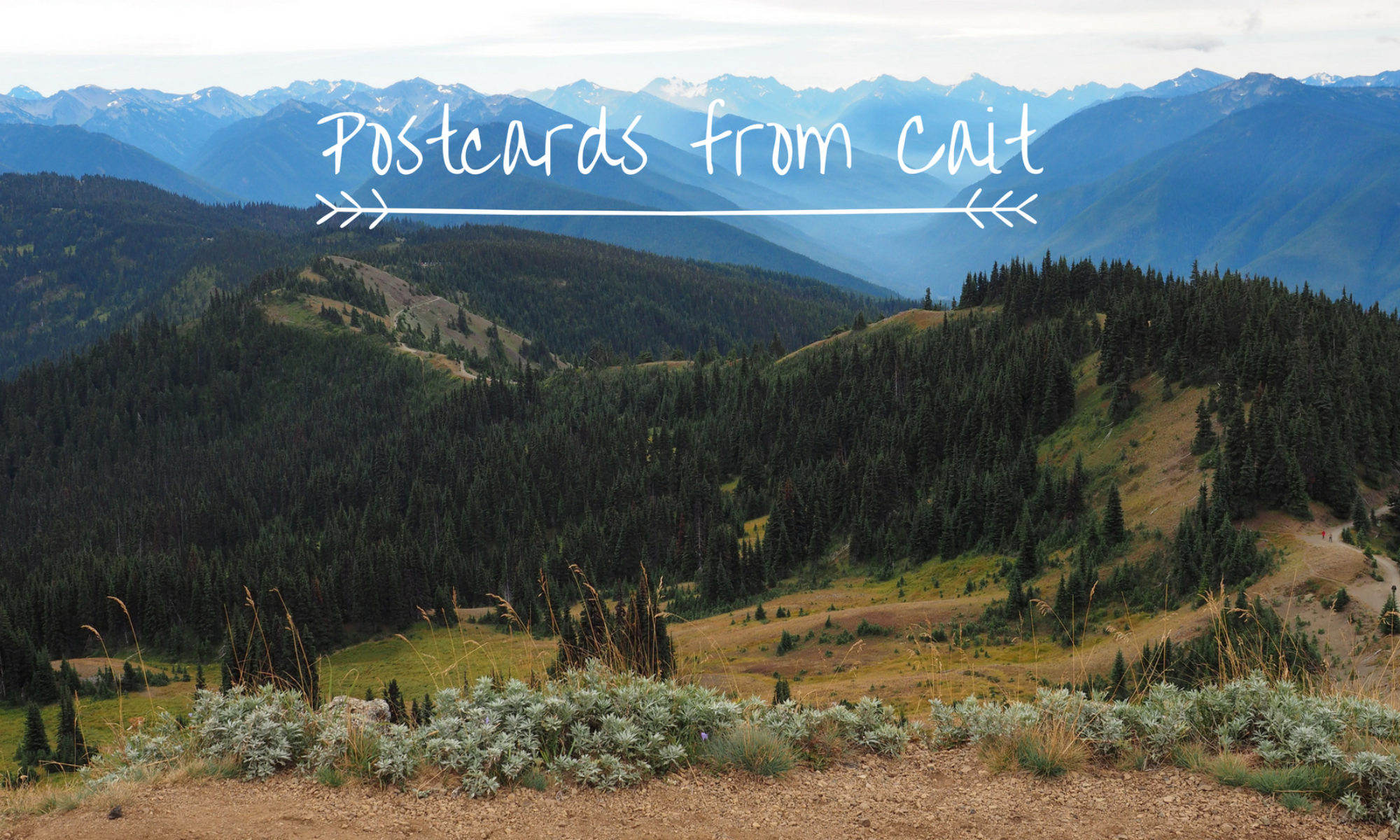Seeing the northern lights was by far one of the coolest experiences I’ve ever had. It was one of those moments that gave me that choked up, stomach in my throat feeling. I may or may not have teared up a bit. We had to work for it, but that just made the experience that much better. If you’re heading out to catch this natural phenomenon, here are some tips to help increase your chances.

Where to Go to See the Northern Lights
You can see the northern lights basically anywhere in the Arctic Circle. Some of the best places to see the northern lights are Alaska, northern Canada, Iceland, Norway, Finland, Sweden, Greenland, and Russia. Coming from the east coast of the US, Iceland was actually one of the most accessible places for us to see them. We saw the northern lights on our 5 day trip around Iceland’s south coast.

When to See the Northern Lights
In order to see the northern lights you need clear, dark skies. Being that the Arctic Circle has very long days in the summer and short days in the winter, winter is the best time to spot the northern lights. However, if you go in the middle of winter, you also will have very little (if any) daylight, and probably pretty harsh weather. If you’re not into that, head to any of these places in the early or late winter. We went in early March, which left us enough daylight to explore during the day and even some milder weather. You technically can see the northern lights from August to April, but September to March will give you the best chances. Give yourself at least 5 days if you can to increase your chances even more. We saw the northern lights on our last night of our 5-day trip. If we stayed any less, we wouldn’t have seen them as they weren’t in the forecast any other day we were there (and believe me, we checked every night!).

Increase Your Chances of Seeing the Northern Lights
- Watch aurora forecasts. Every day! When looking at the forecast, you’ll want to look at the KP index. This is a number between 0 and 9 that indicates the aurora activity levels, 0 meaning no activity at all and 9 meaning very strong activity. A KP index of 5 or higher means you have a pretty good chance at seeing them.
- Find clear skies. Watch the weather forecast as well. It won’t matter if there is aurora activity if it’s cloudy. Use a radar and find an area with clear skies and drive there. Find a spot where you can see the northern horizon like an open field. In Iceland, we used this website that shows cloud cover and aurora activity. This website was KEY to our success in finding a clear location.
- Drive away from city lights. Having a car and driving on your own means you can track the clouds, as mentioned above, and drive away from the city lights. Note: Only do this if you’re comfortable driving in snowy conditions! You really don’t NEED to go on a guided tour to see the lights. If the lights are in the forecast and there are clear skies, you will see them. However, if you aren’t comfortable driving on your own, you can always go on a guided tour.
- Be patient and persistent. We constantly checked the conditions while we were there, ready to drop what we were doing if necessary to see the lights. Our final night we knew was our last and only shot at seeing them. We could’ve easily stayed in our room and went to bed as we were exhausted after a really long day which included being stuck in a blizzard for 5 hours and an additional 4 hours of driving on top of that. We went for it, driving for another hour west in order to get to a clear spot. It was the best way to end our trip and I’m so glad we didn’t just give up and crash after our long day. It was all worth it.

What to Expect
At first, the northern lights look like weird clouds. They were white/gray and wispy. Chris snapped a picture with our GoPro and the “clouds” were green in the image. That’s how we first knew we were looking at the Northern lights. After about 20 minutes or so, the gray wispy clouds turned into bright green dancing lights. The experience was nothing short of magical.

Snapping a Picture of the Northern Lights
You don’t need to be a professional photographer to capture this magical moment (but you can’t use your iPhone as you’ll need to adjust some settings manually). Your picture might not be nearly as cool as the ones you see on instagram but it will be YOUR picture from YOUR moment and that makes it even more special. We used our GoPro and just increased aperture, ISO and shutter speed. How to adjust these settings will vary depending on your camera so I won’t go into that here, but you could learn with a quick google search. Generally speaking, exposure time should be set to about 20 seconds, aperture to 3.5 or lower, and ISO to 800. We set the GoPro on the roof of our car, put it on time-lapse mode and just let it do its thing. It did take Chris quite a few tries to get the settings to something that would work. But being that the clouds were coming and the show might not last very long, as soon as we found something we could live with, we let the camera do its thing.
Good luck on your aurora hunting!!!


